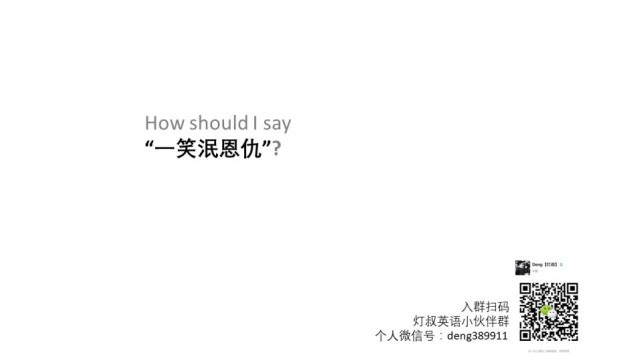【读报笔记】美国极贫人口创历史新高占十五分之一
The ranks of America's poorest poor have climbed to a record high — 1 in 15 people — spread widely across metropolitan areas as the housing bust pushed many inner-city poor into suburbs and other outlying places and shriveled jobs and income.
inner-city: 市中心贫民区
outlying: 远离中心的;边远的
shrivel: 萎缩 枯萎
New census data paint a stark portrait of the nation's haves and have-nots at a time when unemployment remains persistently high. It comes a week before the government releases first-ever economic data that will show more Hispanics, elderly and working-age poor have fallen into poverty.
stark: 赤裸裸的;明显的;突出的
first-ever: 破天荒第一次(或第一个)的
In all, the numbers underscore the breadth and scope by which the downturn has reached further into mainstream America.
underscore: 强调
"There now really is no unaffected group, except maybe the very top income earners," said Robert Moffitt, a professor of economics at Johns Hopkins University. "Recessions are supposed to be temporary, and when it's over, everything returns to where it was before. But the worry now is that the downturn — which will end eventually — will have long-lasting effects on families who lose jobs, become worse off and can't recover."
Traditional inner-city black ghettos are thinning out and changing, drawing in impoverished Hispanics who have low-wage jobs or are unemployed. Neighborhoods with poverty rates of at least 40 percent are stretching over broader areas, increasing in suburbs at twice the rate of cities.
ghetto: 贫民区
Once-booming Sun Belt metro areas are now seeing some of the biggest jumps in concentrated poverty.
Signs of a growing divide between rich and poor can be seen in places such as the upscale Miami suburb of Miami Shores, where nannies gather with their charges at a playground nestled between the township's sprawling golf course and soccer fields. The locale is a far cry from where many of them live.
upscale: 高档的;消费对象为高收入者的
charge: 被照顾的人(或事物)
nestle: 半隐半现地处于
locale:【术语】 发生地点;现场
a far cry from: 同……有很大的差异
About 20.5 million Americans, or 6.7 percent of the US population, make up the poorest poor, defined as those at 50 percent or less of the official poverty level. Those living in deep poverty represent nearly half of the 46.2 million people scraping by below the poverty line. In 2010, the poorest poor meant an income of $5,570 or less for an individual and $11,157 for a family of four.
scrape by: 勉强过日子,勉强度日
That 6.7 percent share is the highest in the 35 years that the Census Bureau has maintained such records, surpassing previous highs in 2009 and 1993 of just over 6 percent.
回顾:【读报笔记】系列>>
点击查看口译备考专题,阅读更多相关文章!
- 相关热点:
- 背单词软件
- 2020考研成绩查询时间
- 英语笑话
- 大连大学











